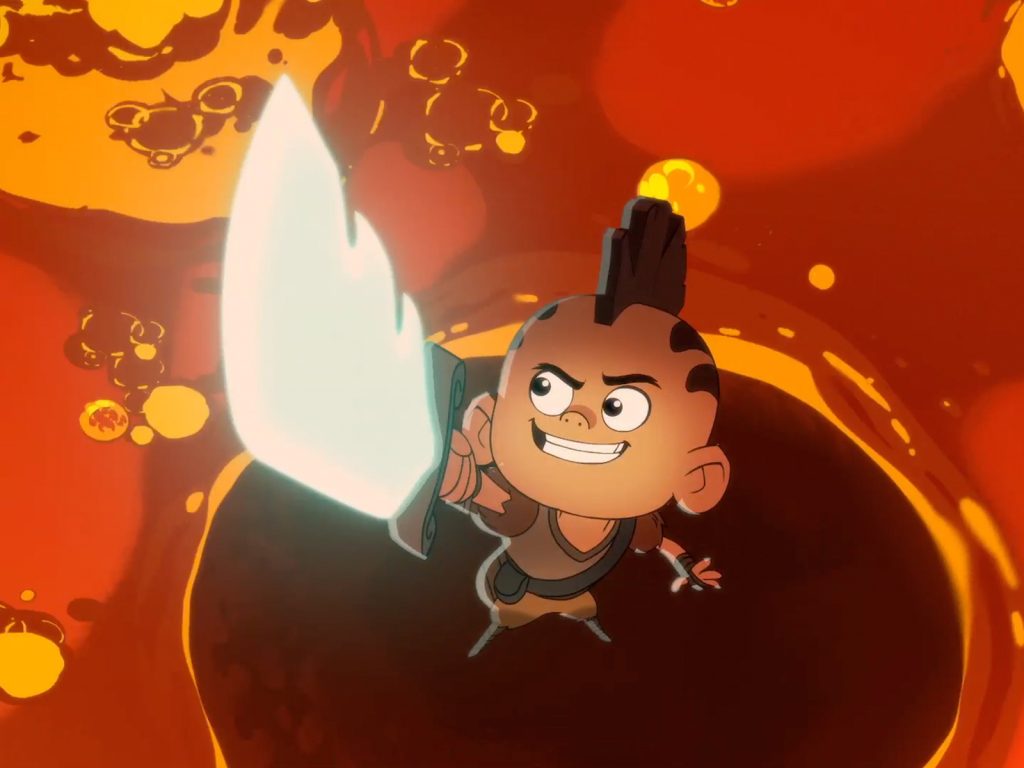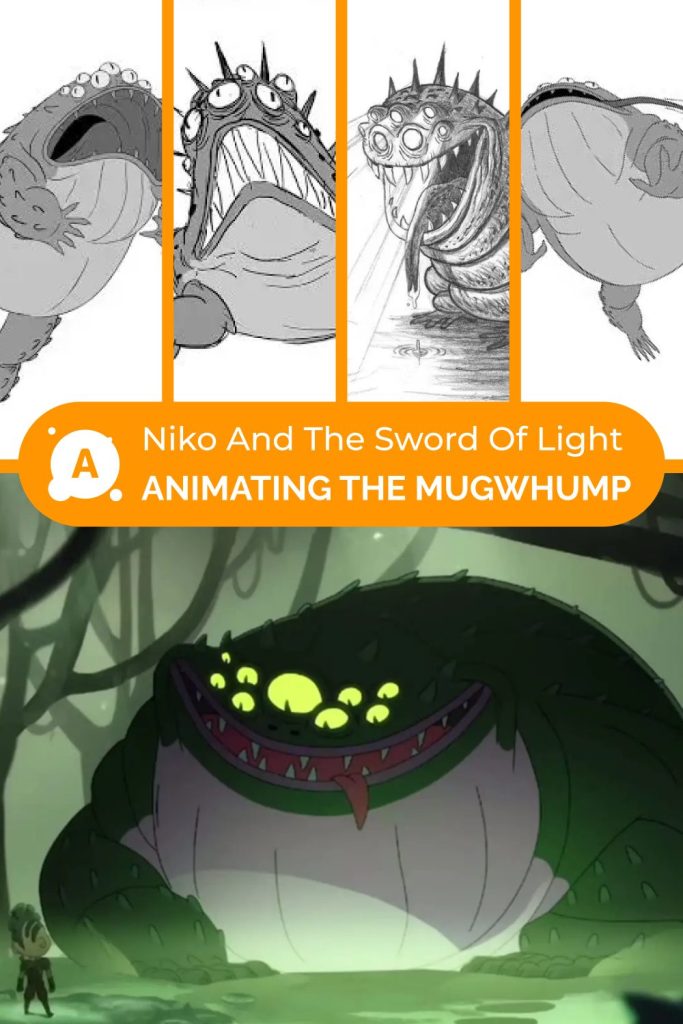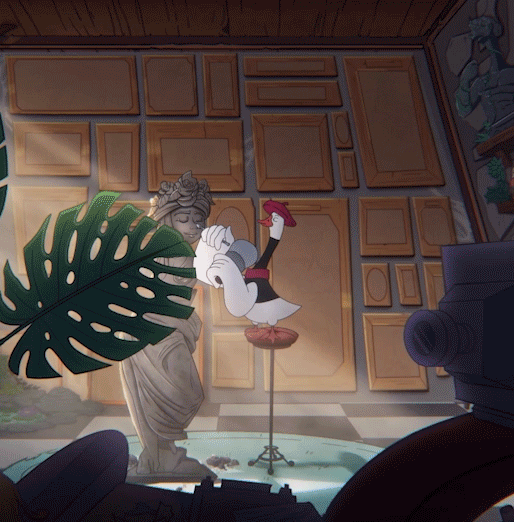
In the world of animation, the art of creating 2D hand-drawn characters is a meticulous and time-consuming process filled with creativity and technical skill. One standout example of this process is the creation of The Mugwhump, a devious giant toad from the animated series Niko and the Sword of Light.
“Niko and the Sword of Light” is a visually striking American animated series co-produced by Amazon Studios and Titmouse, Inc. It follows the epic journey of a young hero determined to bring light back to a darkened world. As Niko ventures through the treacherous Cursed Volcano, he uncovers the truth about his mysterious origins and forms unexpected alliances with both friends and foes along the way.
In this Animation 101 article, we’ll explore the process of animating this complex character using a combination of traditional drawing techniques and modern digital tools. The insights provided here will give you a thorough understanding of what it takes to create compelling 2D animations, from initial sketches to the final product.
1. The Beginnings of Animation: Traditional Drawing Techniques
Before diving into the digital tools that aid modern animators, it’s crucial to understand the roots of animation – traditional pencil and paper drawing. For Jim Bryson, one of the creators behind Niko and the Sword of Light, the process begins with countless pencil sketches. For every new character, such as the Mugwhump, Bryson spends hours perfecting the character’s design on paper before even touching the computer.
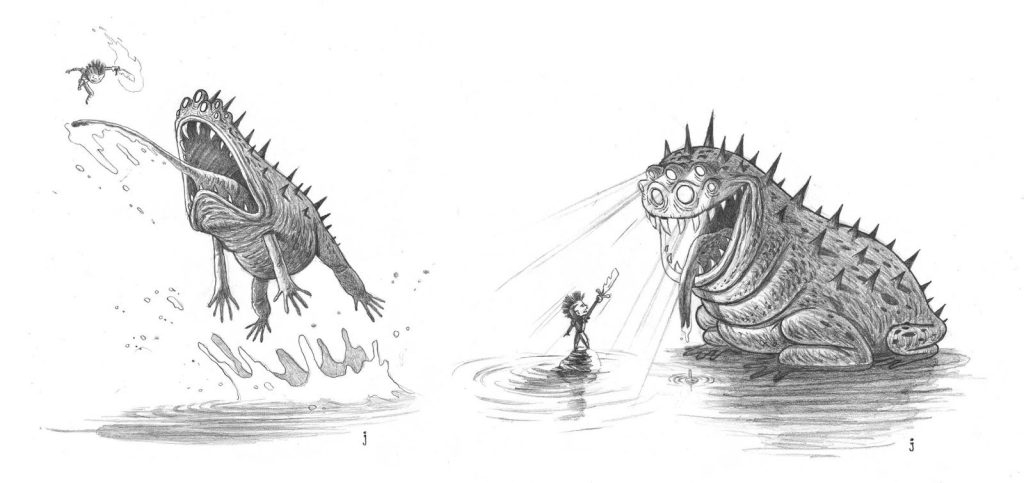
Understanding proportions, anatomy, and structure is essential to making the character believable within the animated world. In this phase, Bryson draws the character hundreds of times from different angles and poses, ensuring he can confidently depict them in 3D space.
2. Creating Model Sheets for Consistency
Model sheets are key reference tools for animators, providing essential visual guidelines for the character’s design and behavior. For Niko and the Sword of Light, Bryson not only created model sheets for himself but also for the rest of the animators working on the Mugwhump scenes.
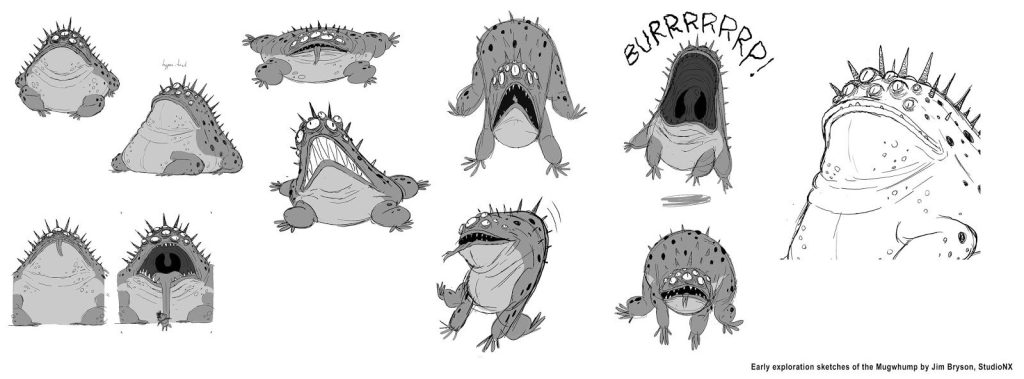
These sheets ensure consistency in the portrayal of the character, particularly for complex designs like the Mugwhump, with its many eyes and unique features. Model sheets provide a roadmap for animators to maintain accuracy while bringing the character to life across different scenes and angles.
3. Key Frames: The Foundation of Animation
One of the most important aspects of 2D hand-drawn animation is creating key frames – drawings that represent the main moments of action or emotion. Before adding the in-betweens, animators focus on these key frames, establishing the character’s poses and actions.

For Bryson, this is a critical step in ensuring the acting reads clearly. It’s tempting to jump straight into detailed drawings, but the key frames provide the foundation for all subsequent animation. With these primary drawings, the character’s emotion and movement are conveyed, ensuring that the acting feels natural and convincing.
4. The Breakdown Drawings: Adding Depth to Motion
Once the key frames are set, the next step is adding breakdown drawings. These are the in-between frames that connect key poses, providing smooth transitions in movement. Bryson emphasizes the importance of planning these breakdowns carefully to maintain consistent flow in the character’s motion.
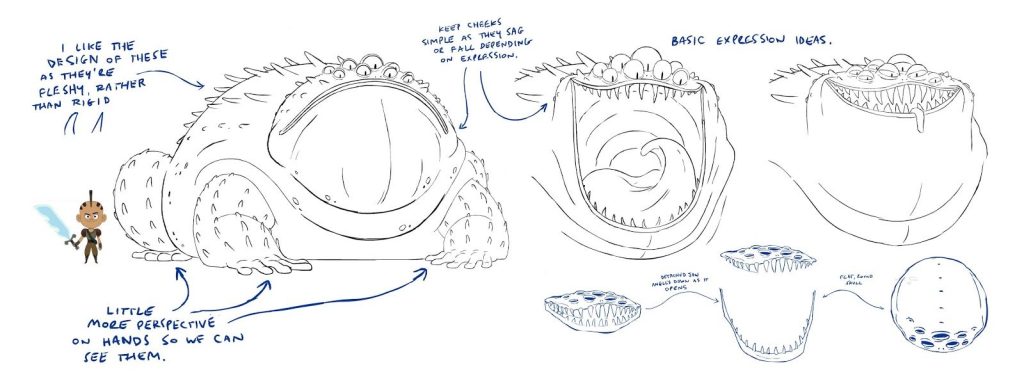
The breakdowns help add depth and fluidity to the animation, and they’re especially important for characters with unique characteristics, like the Mugwhump. These drawings also allow Bryson to further refine the character’s expressions, making sure they are true to the original design.

5. Final Touches: Adding Details and FX Layers
After the keyframes and breakdowns are in place, Bryson adds the finishing touches—details like texture, shadows, and other subtle effects. For the Mugwhump, this meant ensuring that the character’s skin texture, eyes, and other features moved convincingly within the scene.
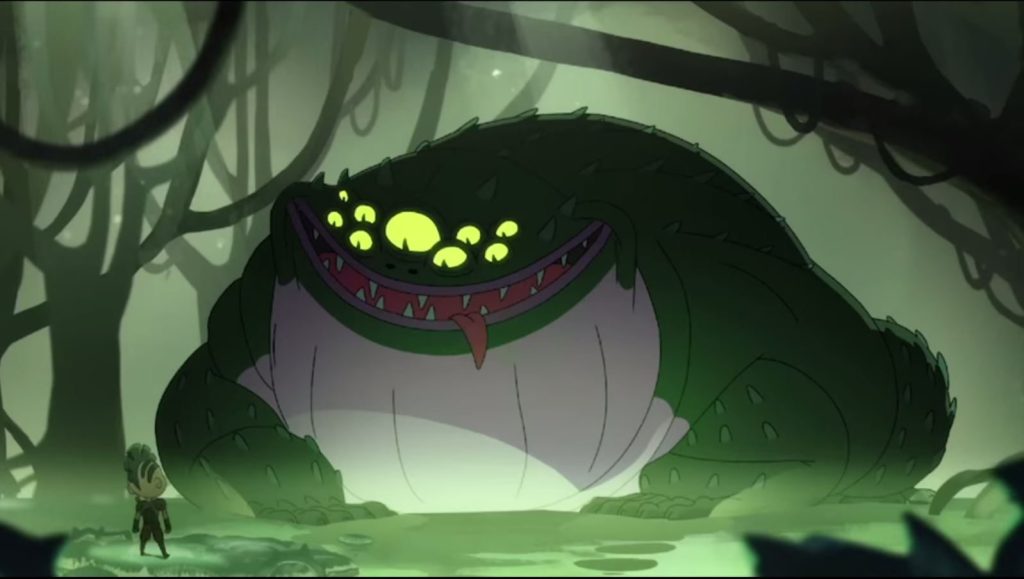
Additionally, Bryson incorporated an FX layer to add depth to the animation. By drawing shadow layers that moved with the Mugwhump’s body, he gave the character a more dimensional, lifelike presence on screen.
6. Bringing the Mugwhump to Life: The Final Product
The final product of this entire process is an 11-second sequence of the Mugwhump that took approximately 7 days to animate. After the rough animation was completed, the clean-up artists added the final line work, and the scene went through the coloring and compositing stages.
Despite the complexity of the Mugwhump’s design, with its many eyes and detailed textures, the result was worth the effort. This highly detailed, fluid animation brought the character to life, and the combination of traditional techniques and modern digital tools helped create a seamless viewing experience.
7. Conclusion: Why 2D Hand-Drawn Animation Still Matters
The process of animating a character like the Mugwhump proves that 2D hand-drawn animation is not only alive and well but thriving in the digital age. By combining traditional drawing skills with modern tools, animators can still create compelling, emotionally resonant characters that feel grounded in the physical world.
For anyone looking to understand the magic of 2D animation, the Niko and the Sword of Light pilot offers a perfect example of the art form. From initial sketches to the final product, every step in the process contributes to the creation of a character that is not just visually interesting but also emotionally engaging.
Curious about the magic behind creating 2D animated characters? Dive into the world of traditional animation techniques, and start your own journey with these invaluable tips! Keep exploring, keep creating, and remember – animation is all about bringing your imagination to life. Ready to start animating your own characters? Start learning today!
